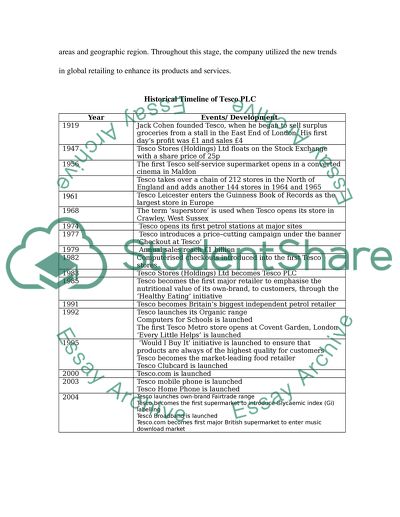Cite this document
(“The development of Tesco Essay Example | Topics and Well Written Essays - 2000 words”, n.d.)
The development of Tesco Essay Example | Topics and Well Written Essays - 2000 words. Retrieved from https://studentshare.org/miscellaneous/1527383-the-development-of-tesco
The development of Tesco Essay Example | Topics and Well Written Essays - 2000 words. Retrieved from https://studentshare.org/miscellaneous/1527383-the-development-of-tesco
(The Development of Tesco Essay Example | Topics and Well Written Essays - 2000 Words)
The Development of Tesco Essay Example | Topics and Well Written Essays - 2000 Words. https://studentshare.org/miscellaneous/1527383-the-development-of-tesco.
The Development of Tesco Essay Example | Topics and Well Written Essays - 2000 Words. https://studentshare.org/miscellaneous/1527383-the-development-of-tesco.
“The Development of Tesco Essay Example | Topics and Well Written Essays - 2000 Words”, n.d. https://studentshare.org/miscellaneous/1527383-the-development-of-tesco.


